To put it extremely simply, Belgrade is a city of two rivers and three cities. City within a city indeed! Well, cities even. The Sava meets the mighty Danube in this beautiful part of the world, and this “meeting” divides the city into two separate parts. The eastern bank of Sava is what I will refer to as the Old Belgrade. The western bank is the New Belgrade for the most part, though if you go west enough, you will come across Zemun instead. Each of these areas have their own vibes, architectures, and histories. It really does feel like visiting entirely new cities, and at times, countries, when you go ahead and explore each and every one of them, and I think this singular trait alone makes Belgrade one of the best cities out there for a city-oriented escapade! Why visit a single city when you can instead enjoy three of them from the comfort of staying in still just one city? Without further ado, let me share with you fine folks some of my general remarks on the great city of Belgrade, and why you too should visit it!
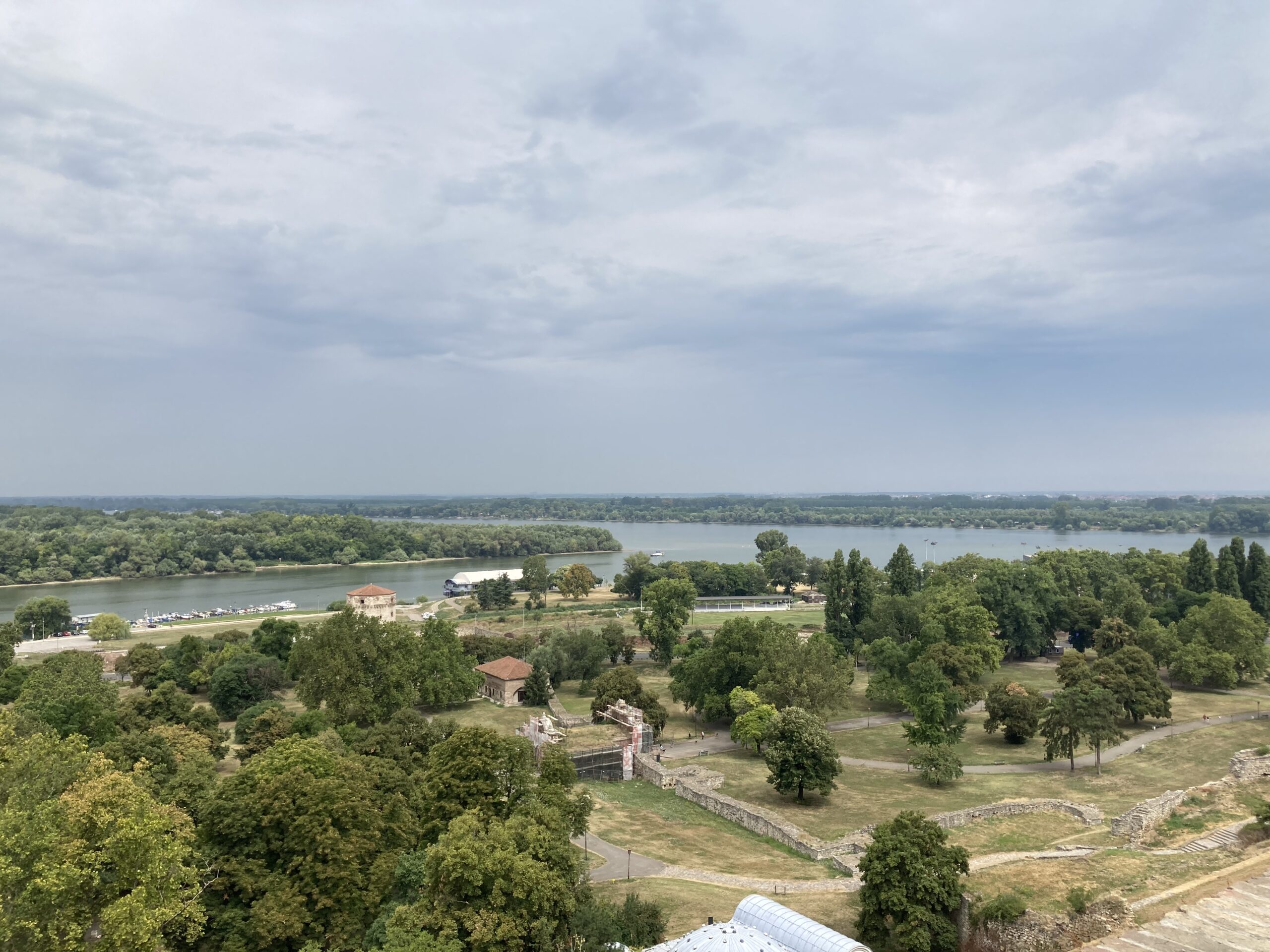
This is the confluence of Sava and Danube, with the Great War Island acting as the middle ground in between the two rivers. Technically speaking all you see in this photo is a part of the Danube, but the left stream comes from Sava. You can see such wonderful views and more from the top of Kalemegdan Park in Old Belgrade.
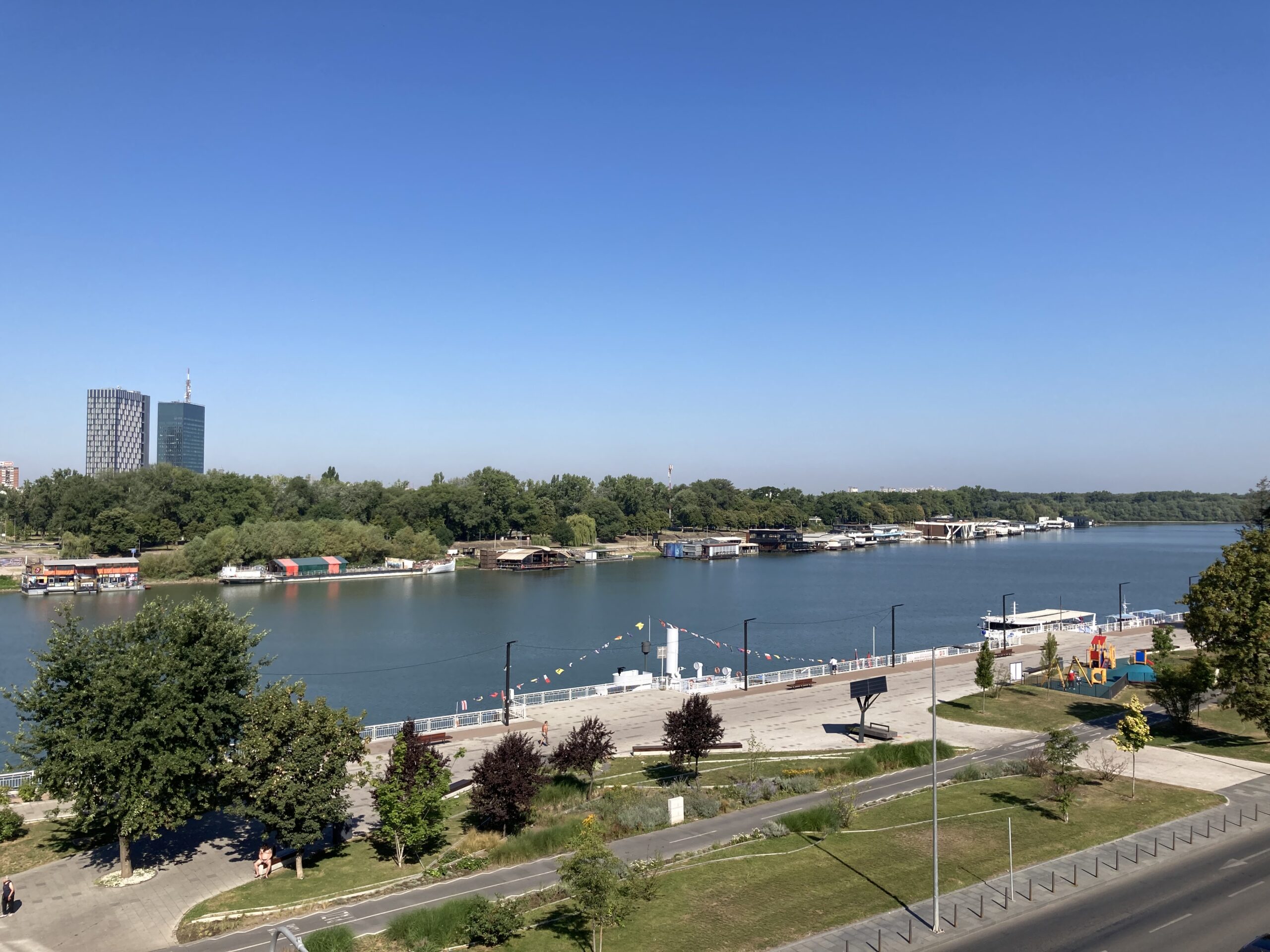
Sava is home to a plethora of splavs, clubs that seem to float on the river and often only work during summertime. There seems to be no in-between when it comes to splavs. The ones we wanted to check out turned out to be either a tad too posh or a bit too “seedy” for our taste. I hate using that word, or both words for that matter, but it is what it is. There are also a lot of restaurants and even hotels that work out of a “ship,” which can certainly be interesting for a certain group of clienteles. However, for some reason, no matter whether I walked on that bank of the river during the day or after midnight, it was always quite empty. My theory is that people start partying extremely late there, and perhaps end early in the morning.
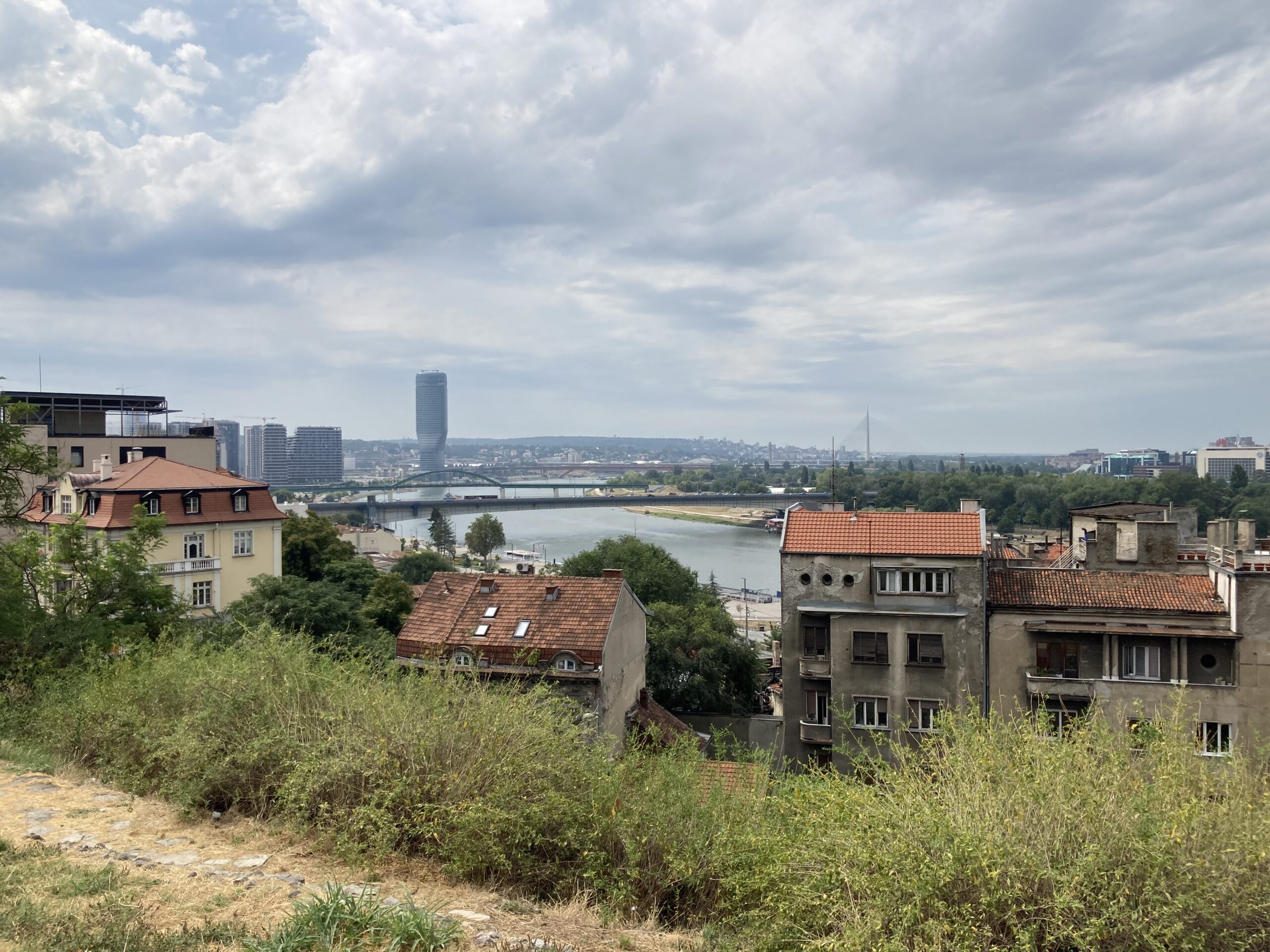
Obviously, when a river or a channel divides a city, one can find many bridges that try to connect the two sides of it. I counted a total of four bridges on the Sava, and there were some boat trips etc. offered on it as well. There also seems to be a part of the city called Ada where people enjoy artificial beaches made around the Sava, but I could not find the time to visit it during my own trip in Belgrade, or was it because I forgot to bring my swimwear? Well, likely a combination of the two is the answer.
Old Belgrade – A Love Letter to a Long and Complex History
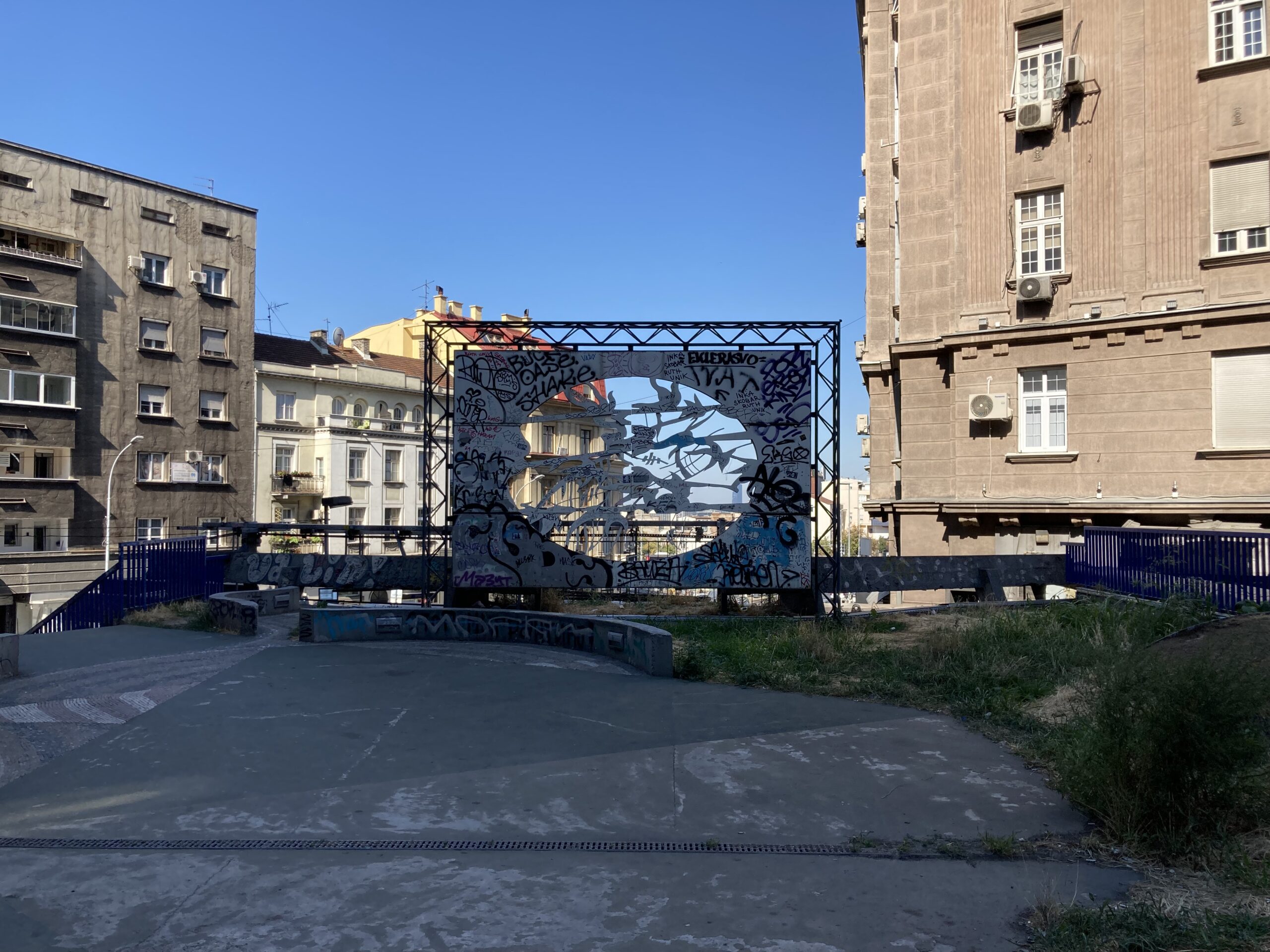
Old Belgrade is ancient, being around 7000 years old according to some sources. People have lived there for many millennia, at the very least, and for the last 2500 years it was inhabited continuously. Sometimes it was the Romans that ruled it, some other times the Turks. Austro-Hungarian Empire had its own go in controlling the city, and eventually the Serbs and later the Yugoslavs saw it as a fitting capital for their own state/empire. Many empires have fought for this piece of land, and it changed hands faster than any cowboy could draw their guns in the Wild West. Since it is old, do not expect the cleanest of cities, as this is not it. It is a city full of graffiti, and not the best maintained streets. Given the amount of people that smoke there, and the vast number of cars, smog is ever present. You will likely be a bit baffled by all of this at the beginning, but one starts to love even the “uglier” parts of Belgrade in a day or two.
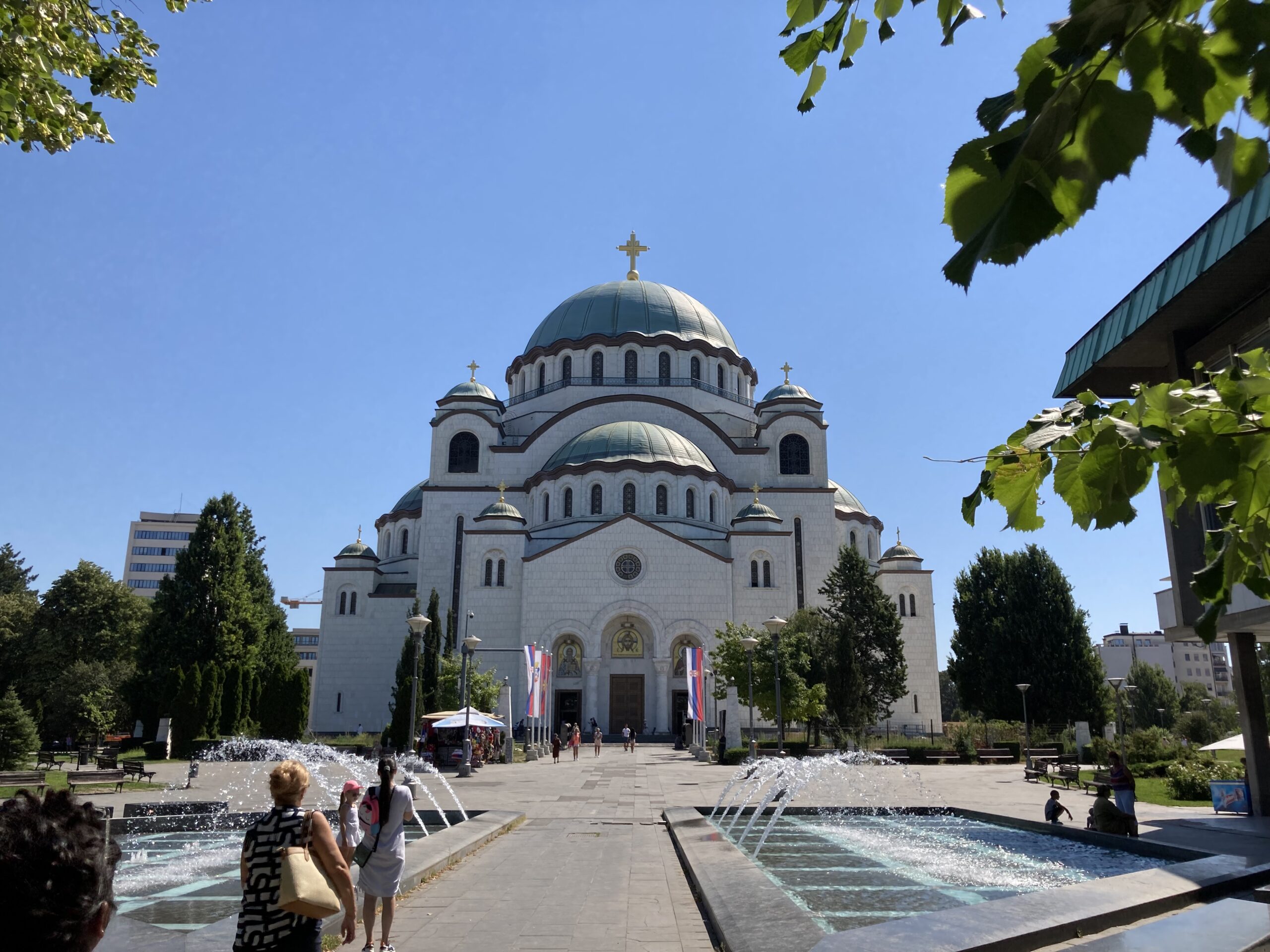
Speaking about ugly, let us now return to its complete opposite, sheer beauty. The Saint Sava Temple is, by far, the prettiest sight in all of Belgrade. Sure, the likes of Belgrade Fortress seem to top the list in websites claiming to have the “Top Ten Places to Visit” in Belgrade but do trust me when I say that nothing else in the city can even hope to surpass the Saint Sava on any metric known to humankind. Admittedly, from the outside I did see many “prettier” churches and mosques, but from the inside… Now that is a whole another world.
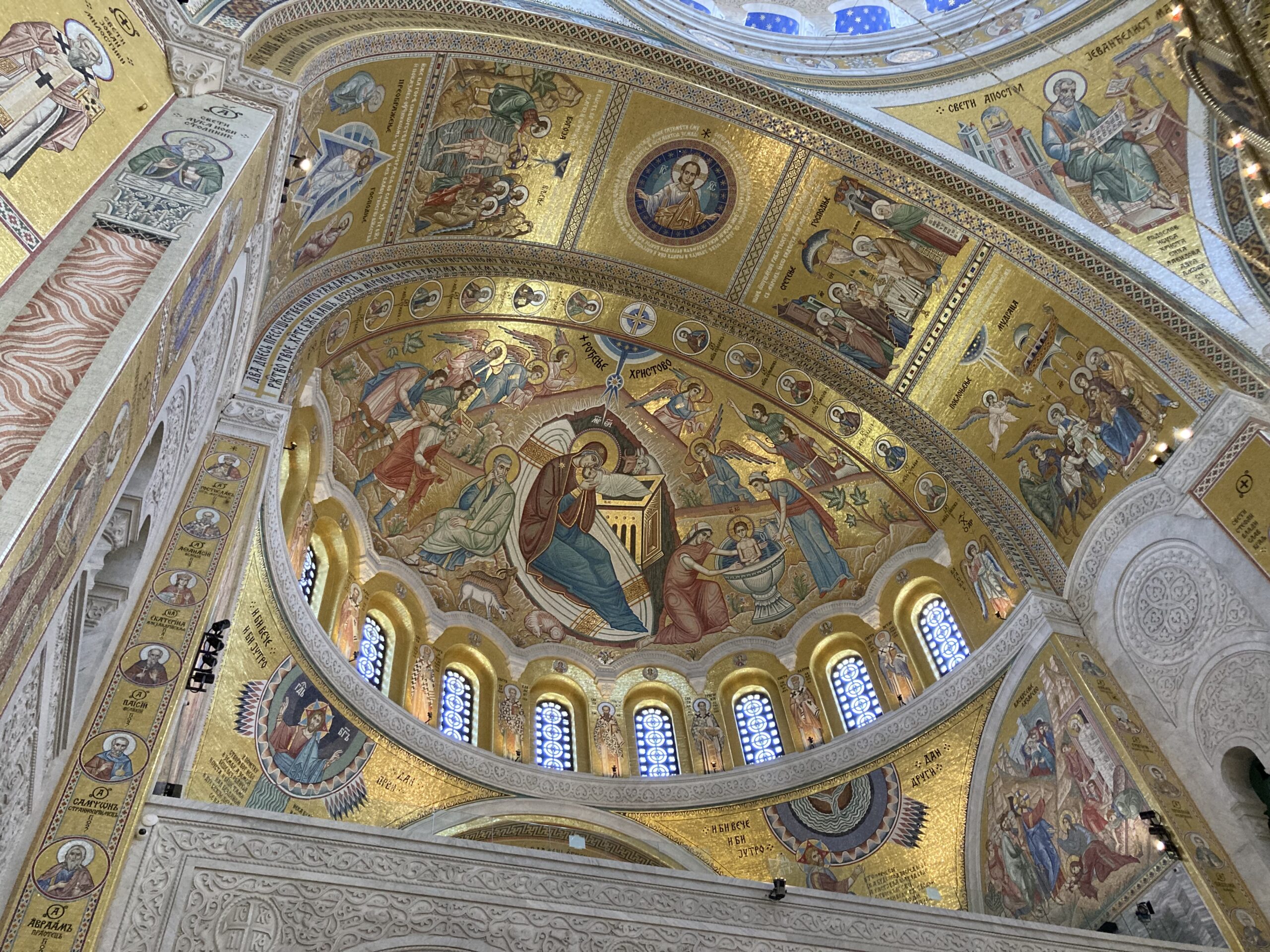
Yes, a whole new world indeed. Now imagine the Hagia Sophia in Istanbul but assume that it was never vandalized (quite recently no less) and was always well maintained. Or better yet, assume that it was built in the last century. That is what Saint Sava offers. It is beautiful beyond words, I was shocked when I first entered through its massive gates and saw all these icons adorning its many walls and arches, as well as its magnificent dome.
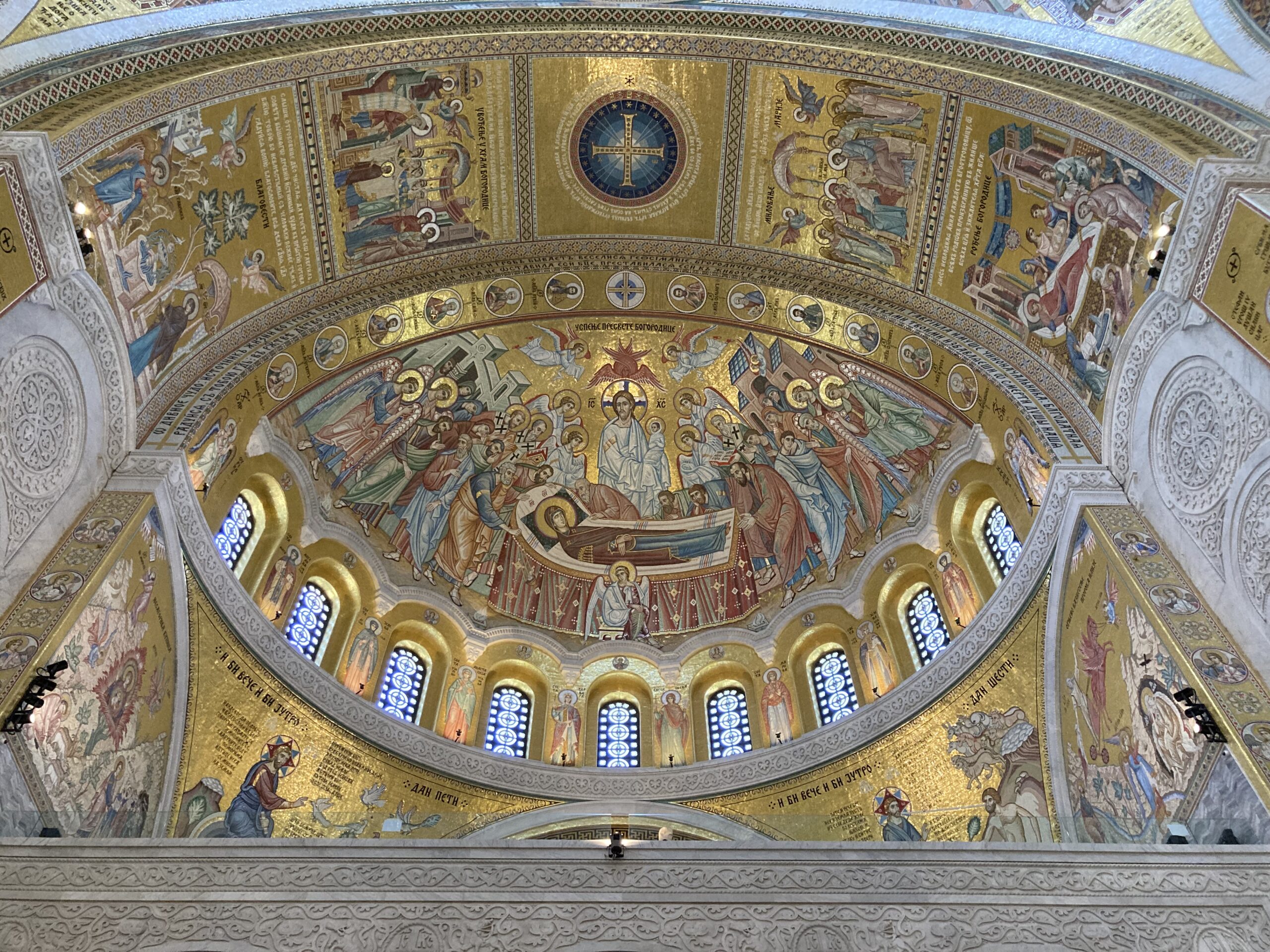
I mean, just look at this place, please. It was one of those times that I truly wished for a better phone so that I can take a much better-looking photo of this monument. It took many years for its construction to be complete, starting in 1935 and finishing in 2004, though keeping in mind the war in between and the Communist Party’s reluctance to support the building of such a mega project on its capital I suppose this timing was just right. It seems to be almost always full of visitors, many Serbs that go there to pray, and a lot of tourists as well. Serbia certainly was one of the more religious countries that I have visited, and it just shows itself so bluntly in how well respected this temple is, and how decently maintained it is.
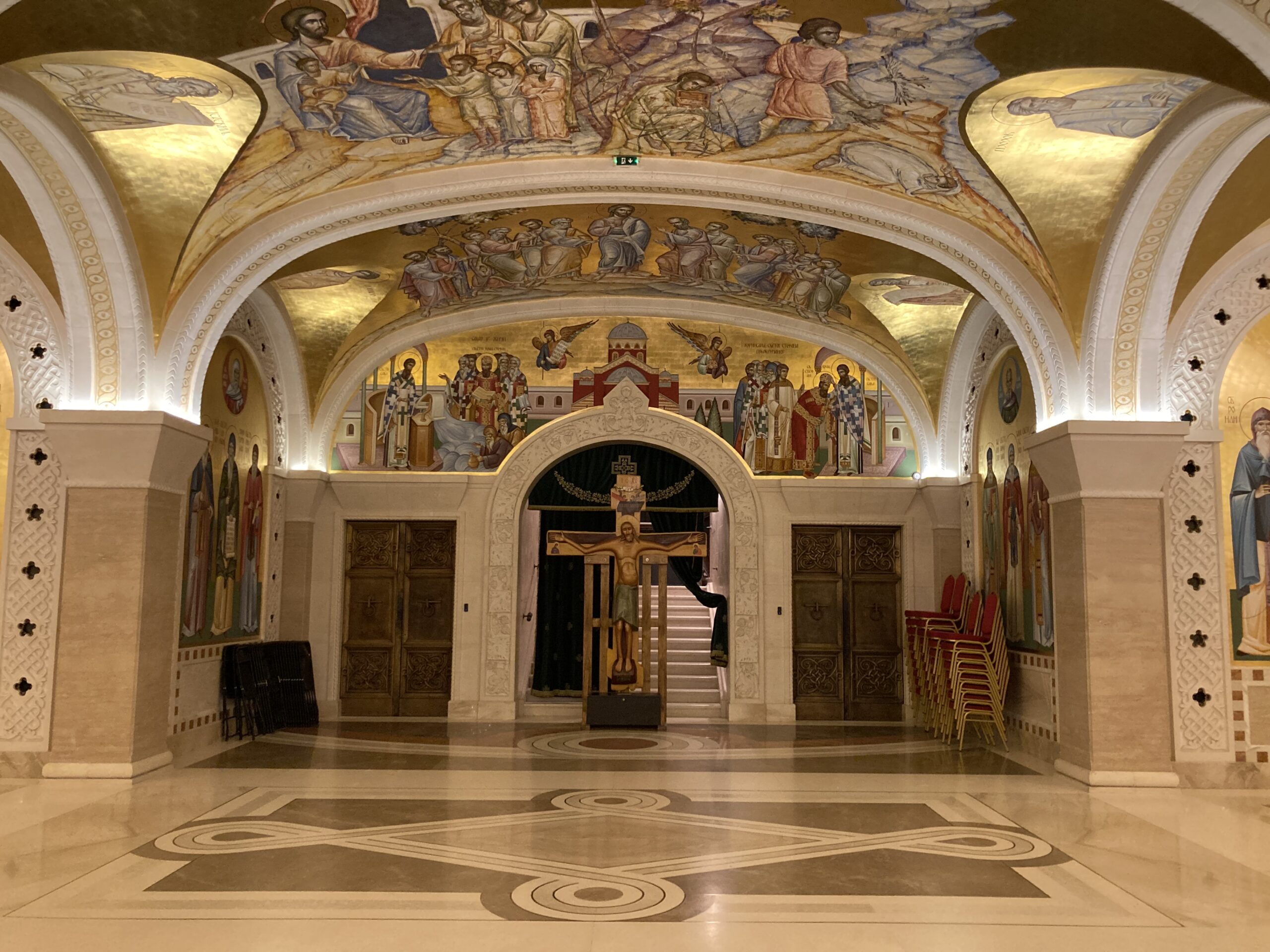
If, sorry, when you visit this great temple, do make sure to go down to its crypt. It is basically an underground section where you can find even more icons and visual narratives of all sorts. I feel like I should not even be saying this, but all of this is free of charge for an obvious reason, it is a place of faith first, and not necessarily a touristic site.
Zemun – The Austrian Heart of the City
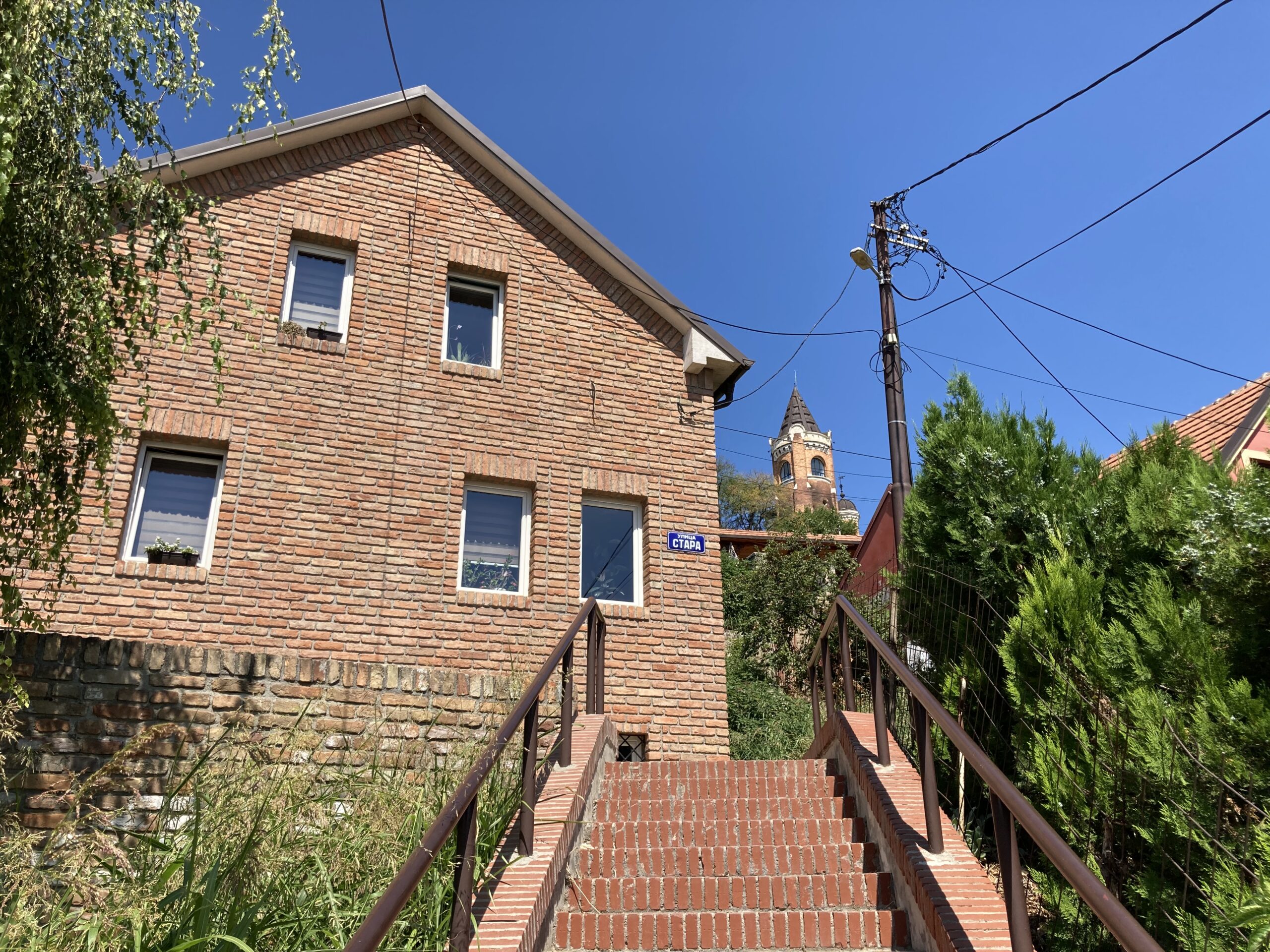
Zemun is quite literally a city within a city. It was not officially a part of Belgrade for a very long-time, only becoming so in 1934. Even then, there was hardly anything in between Zemun and Belgrade proper. For the most part, Zemun looks like your usual German/Austrian small town, with extremely cute triangular roofed houses, well-maintained streets, red bricks used all around, and a decent amount of Germanic looking pubs and restaurants. It is a popular part of the town these days, with supposedly great nightlife and quite exquisite establishments around its Danubian coast. The Gardoš hill is likely one of the better-known locations that it hosts, with a semi-famous tower found atop it, the one you can see in this photo.
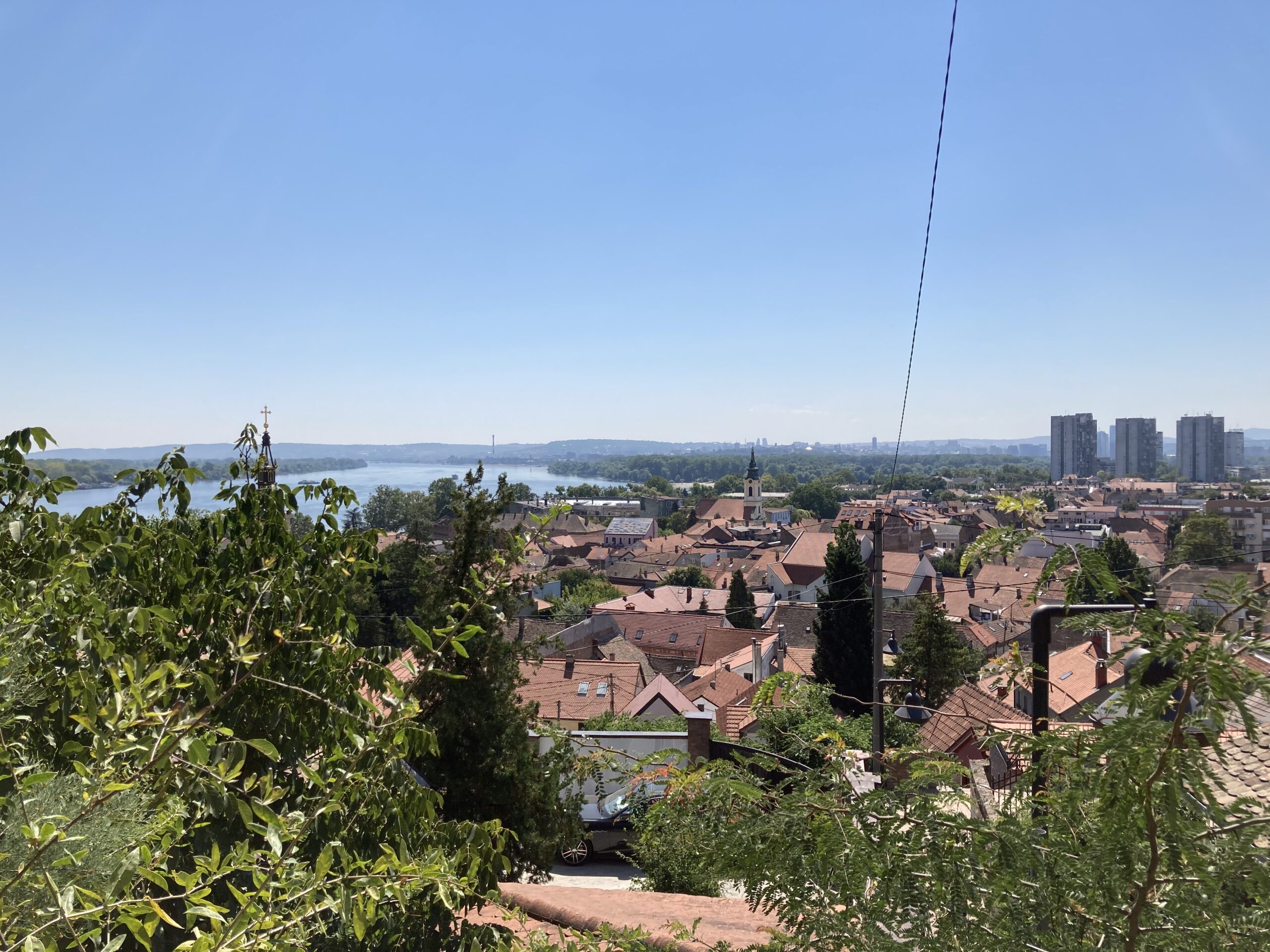
The view of Zemun from atop the Gardoš hill. You can clearly see its distinctive architecture, especially in comparison to the three communist-era residential blocks that you can notice on the background, in New Belgrade. If you look closely, and do not mind the quality of the photo, you can see the Great War Island, with the Old Belgrade laying just beyond it. For those with a sharp eye, it is even possible to see two of the three residential blocks that make up the Eastern City Gate, far in the distance.
The New Belgrade – Yugoslav Heritage in Belgrade
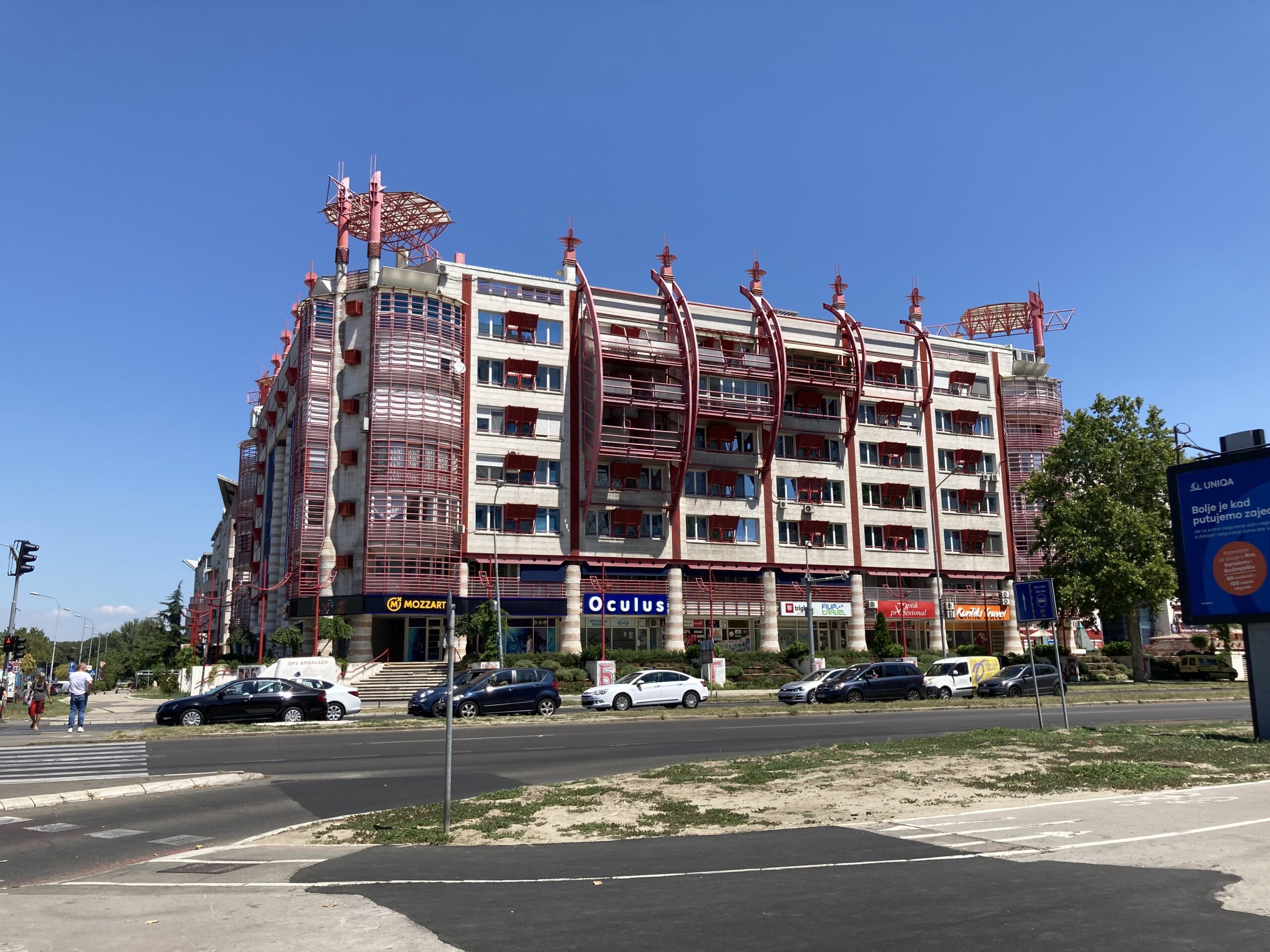
I did mention that there was practically nothing in between Zemun and Belgrade “proper” when the former was absorbed into the city officially. Nowadays, this is not the case anymore, at all. A huge portion of the city, knowns as New Belgrade, is built on top of that somewhat empty field over the last century. This right here is a clear example of a “communist” city. Extremely wide streets, even bigger apartments, and the practical (quite welcome) placement of all amenities in any given bloc. All with a quirky style no less! Sure, there are some “simple” blocks of cement here and there, but Yugoslav architects often tried their best when it came to using cheap materials to create good or at least unique looking buildings.
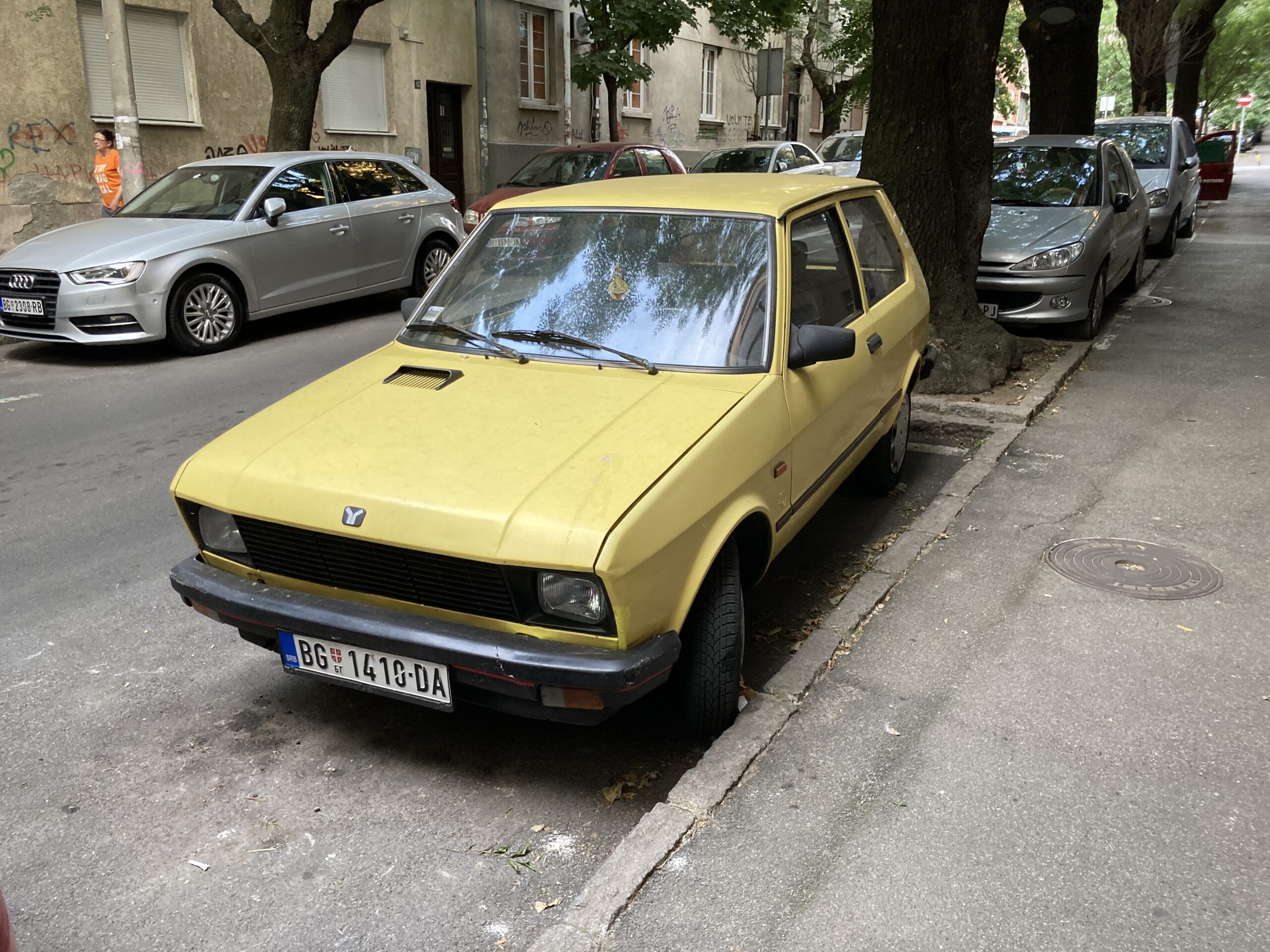
Though I could not find one of these in the Old Belgrade, many also associate the Yugoslav heart of the city with Lada’s Yugoslav counterpart, Yugo! Some may go ahead and call it the “worst car produced to date” but to me it looks fine, and the fact that it has been built and sold for almost three decades kind of proves that it was useful, at least to a certain extent. I wish I had seen more of them around the city, but with how cheap cars are in Serbia, I suppose people just traded them in for more comfortable vehicles throughout the years.
Belgrade is one gem of a city, no questions, no buts, no ifs. It is amazing, and it offers three separate venues for different adventures, likely offering something for everyone in its rather modest size, area and population wise. It is a cheap city too so there really is nothing that would prevent one from visiting it, while there seems to be a plethora of reasons to insist on seeing it!
